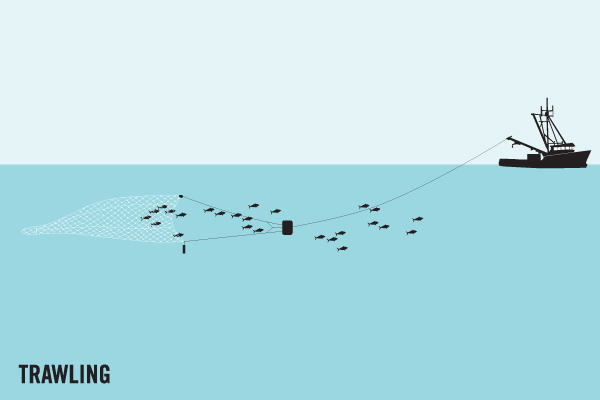Average Weight/Length
Up to about 18 inches.
Location Habitat
Prefers coral reefs and areas with sponges. Inhabits rocky or coral reefs. Juveniles in channels and on inshore reefs. Feeds primarily on sponges. Small juveniles do well in aquariums once they begin to accept food.
Biology & Physical Description
Body is yellowish with blue highlights and blue-tipped dorsal and anal spines. Tail is yellow. Very similar to the Queen Angelfish, but lacks the blue spots on forehead and pectoral. May hybridize with the Queen Angel. Soft parts of dorsal and anal fins and caudal fins have wide yellow margins. Dark spot on forehead lacks electric blue ring. Juveniles blue, banded, with last prominent band straight (Ref. 26938). The pectorals are blue basally, clear distally, with a broad yellow band separating the two colors; the pelvic fins are light yellow
Geographic Species Map (Fishbase.org Map)
|
|

|
Summary of Distribution: Western Atlantic: Bermuda, Bahamas and off southern Florida, USA to the Gulf of Mexico, including Yucatan, Mexico |
|
Note: Distribution range colors indicate degree of suitability of habitat which can be interpreted as probabilities of occurrence (fishbase.org) |
|
Sport Fishing Techniques
|
|
River DriftRiver Drift means to use the.... |
|
|
|
TrawlingTrawling is when.... |
|
Tackle & Baits
Caught once in a while by reef fishermen on shrimp and cut baits, but feeds mostly on sponges and other tropical marine growth.
Game Rating
Game Rating : 4/10
Game Description :
Rarely hooked.
Food Rating
Game Rating : 6/10
Game Description :
Seldom eaten; said to be okay.
Picture (Fish)
|
|
|
|
|




















 Blue Angelfish
Blue Angelfish 






